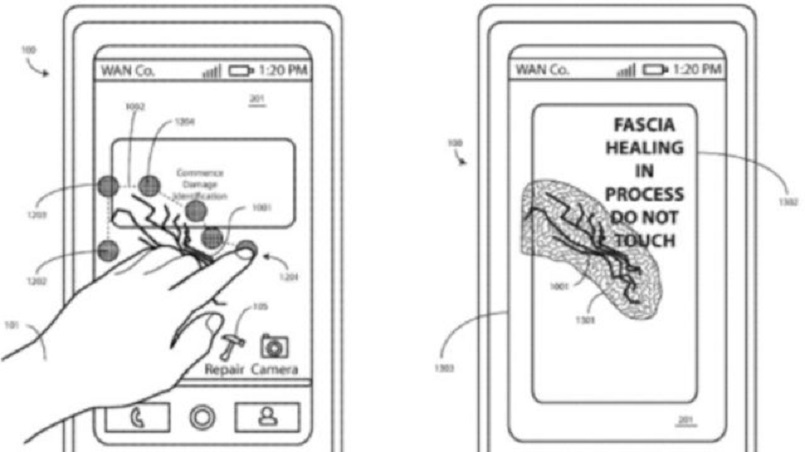
Humans have the capability to heal their wounds and bruises over time. Motorola, the company which made the world’s first mobile phone, thinks our electronic devices should do the same, self-heal.
And as humans can’t self-heal all the injuries, the case of the electronic devices Motorola is talking about is the same. According to a new patent (US 2017/0228094 A1) published, while it could still be an idea, the company is hoping to come up with an electronic device featuring a screen that could repair the cracks on its own.
Motorola’s plan to build self-healing screens include attaching a material called Shape Body Polymer above the LCD or LED of the display unit. Originally developed by the University of Rochester, the polymer’s properties allow it to change to a temporary new shape when heat is applied.
Surprisingly, the polymer returns to its original shape when the temperature becomes normal. According to its creators, even the heat from the human body can help the polymer regain its shape.
In a possible scenario, a smartphone featuring a display unit like that could detect the broken area of the screen and apply required amount of heat to fix that part. However, the images in the patent invoke a possibility of user helping the device with detecting the cracked area.
It’s unclear how much work Motorola has done on the project for which the patent was filed in 2016. Have they actually made a device prototype of this kind or it’s just a thought?
Some of the devices in Motorola’s current line-up feature the ShatterShield technology. For that different territory, the company claims, the displays are next to unbreakable.
Moreover, until now, flexible display technology has been viewed as a means to make devices with unbreakable screens. Although it can’t be said indestructible, devices with shape body polymer could be another option. It’s just the screen would break before it gets back to normal.
